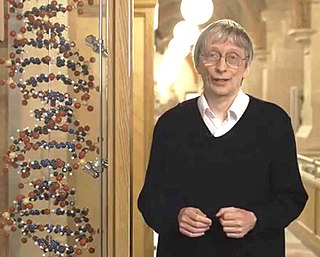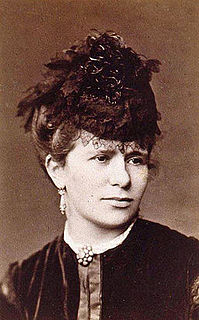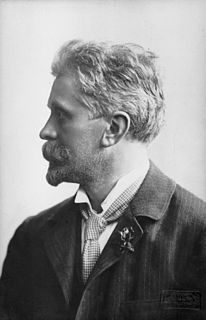Otto Rudolph Ortmann (1889-1979) [1] was an American pianist, music researcher and educator, and author of the groundbreaking Physiological Mechanics of Piano Technique. He graduated from the Peabody Conservatory in 1917, where he remained as a member of its faculty, establishing a research lab there, and going on to serve as conservatory director from 1928 to 1942. His career was marked by a focus on the scientific exploration of the piano arts. Published in 1929, The Physiological Mechanics of Piano Technique: An Experimental Study of the Nature of Muscular Action as Used in Piano Playing, and of the Effects Thereof Upon the Piano Key and the Piano Tone, applied the laws of mechanics and physiology to the study of piano performance. [2]

The scientific method is an empirical method of acquiring knowledge that has characterized the development of science since at least the 17th century. It involves careful observation, applying rigorous skepticism about what is observed, given that cognitive assumptions can distort how one interprets the observation. It involves formulating hypotheses, via induction, based on such observations; experimental and measurement-based testing of deductions drawn from the hypotheses; and refinement of the hypotheses based on the experimental findings. These are principles of the scientific method, as distinguished from a definitive series of steps applicable to all scientific enterprises.

The piano is an acoustic, stringed musical instrument invented in Italy by Bartolomeo Cristofori around the year 1700, in which the strings are struck by hammers. It is played using a keyboard, which is a row of keys that the performer presses down or strikes with the fingers and thumbs of both hands to cause the hammers to strike the strings.
Mechanics is that area of science concerned with the behaviour of physical bodies when subjected to forces or displacements, and the subsequent effects of the bodies on their environment. The scientific discipline has its origins in Ancient Greece with the writings of Aristotle and Archimedes. During the early modern period, scientists such as Galileo, Kepler, and Newton laid the foundation for what is now known as classical mechanics. It is a branch of classical physics that deals with particles that are either at rest or are moving with velocities significantly less than the speed of light. It can also be defined as a branch of science which deals with the motion of and forces on objects. The field is yet less widely understood in terms of quantum theory.













